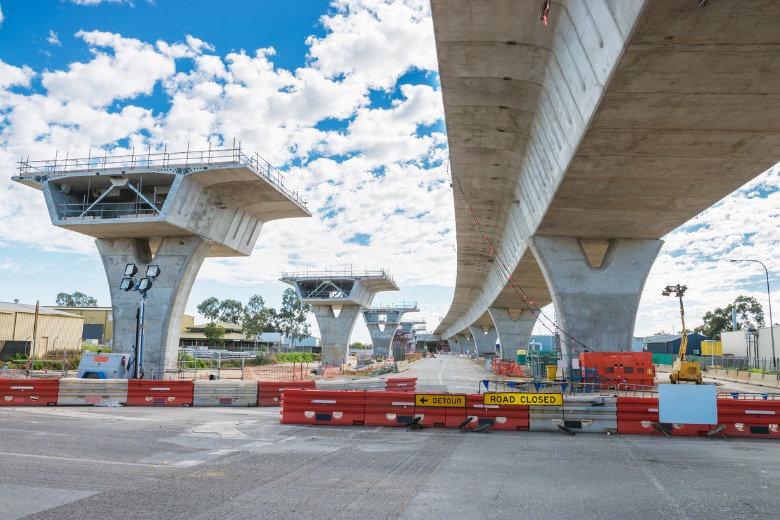
Investment in public infrastructure over the next five years will top $218 billion with annual spending set to hit $52 billion by 2023, the national infrastructure advisory body says.

This level of investment, and the rate of growth needed to achieve it, has never been seen before, Infrastructure Australia’s Market Capacity Report released on Tuesday says.
The report is part of Infrastructure Australia’s market capacity research program and the first of what will be a regular series.
The report focuses on 634 major public infrastructure projects across transport, utilities and building and includes 430 projects worth $218 billion to be completed by 2025.
Most of the investment will be in the transport sector, primarily in road and rail, with transport consuming 80 per cent of all resources, Infrastructure Australia says.
Competition for materials
Demand for materials is forecast to grow at 30 per cent per annum, with demand for rail track topping the list.
Demand for construction plant, including cranes, scaffolding, temporary site facilities, and special plant like tunnel boring machines, is also expected to rise over 140 per cent over three years.
“What that translates to is demand for plant, labour, equipment and materials two thirds higher than the previous five years,” Infrastructure Australia’s director of policy and research Jonathan Cartledge told a media briefing.
However this will also raise the risks, including the ability of the market to meet demand so the projects can be delivered on budget and on time.
Transport projects are at particular risk, Mr Cartledge added.
“When we look at transport projects and cost overruns, when we look at the heavy percentage they make up of that pipeline, this data also reinforces those risks,” he said.
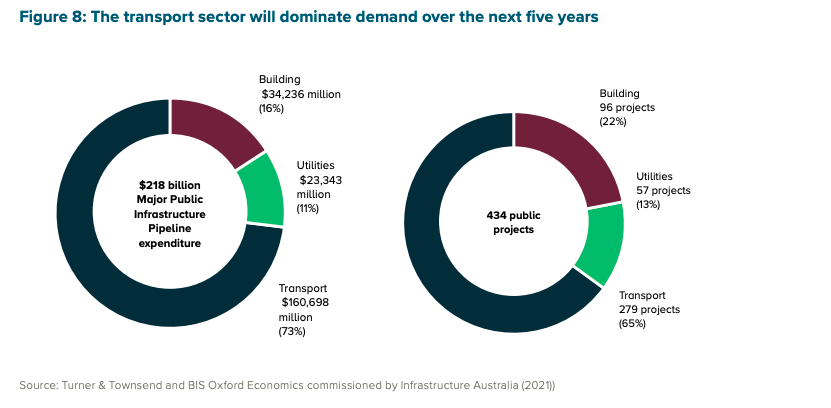
Jobs shortages
Employment in the infrastructure sector will need to grow from 183,000 today to more than 288,000 to meet a predicted shortfall of 105,000 jobs in 2023, the report says.
Skills across the 50 different occupations that contribute to the public infrastructure construction workforce will be in increasing demand, with potential shortages in 34 of them, including scientists, engineers, architects and project managers.
Taken together this data points to increasing risk to cost escalation and on-time delivery as we try to manage a new wave of investment
Infrastructure Australia CEO Romily Maddew
Achieving gender equality in the construction sector, which has the lowest female participation of any industry in the country at just 12.7 per cent, is one way of addressing the shortfall, Mr Cartledge says.
He said both globally and in Australia, 75 per cent of transport projects are delivered over-budget.
“We would like to see that lifted to be on par with the broader workforce,” he said.
Complex risk environment
The report identifies a number of other risks on top of price escalation and labour shortages, including climate and cybersecurity risks.

Mr Cartledge said the risk visibility offered by the report hasn’t previously existed.
“We think this work … gives government a new insight that they haven’t previously held,” he said.
Mr Cartledge said the report underscored the need for government to invest in capability building.
There were “encouraging” signs this is already occurring, he said, with the establishment of the Significant Project Investment Delivery office and the infrastructure and project financing agency IPFA.
There has also been an increased focus on sustainability and climate risk with regards to infrastructure planning.
“We’re seeing investments in capability building that signal growing awareness,” he said.
However he said skills and cability across projects remained patchy, with most of the focus on very large projects.
“What we’d like to see is a more consistent approach across that full $218 billion large infrastructure pipeline that we’re expecting over the next four years,” Mr Cartledge said.
Opportunity for reform
Chief of policy and research at Infrastructure Australia Peter Colachino says while the report points to a more complex risk environment for the delivery of projects, it also presents opportunities for innovation and productivity.
The report makes recommendations to do this including improving portfolio and pipeline management, better collaboration with industry, improved public sector capacity and embedding digital practices.
He said Infrastructure Australia would also like to see process standardisation and harmonisation, and works broken into smaller packages to enable smaller local organisations to engage.
“In order to ensure we can deliver the infrastructure pipeline that’s projected we need to ensure that each element of the industry is fully engaged, from tier one contractors right through to smaller home grown organisations,” he said.
Supplementary reports have also been released on workforce and skills supply, risks and energy market capacity.
Comment below to have your say on this story.
If you have a news story or tip-off, get in touch at editorial@governmentnews.com.au.
Sign up to the Government News newsletter
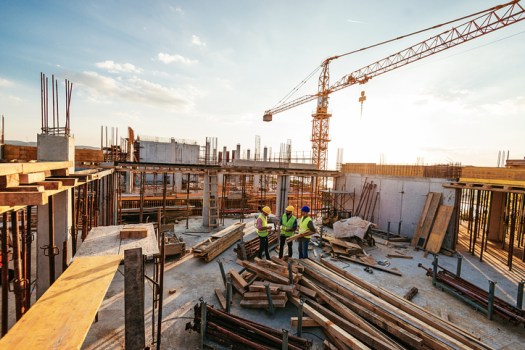
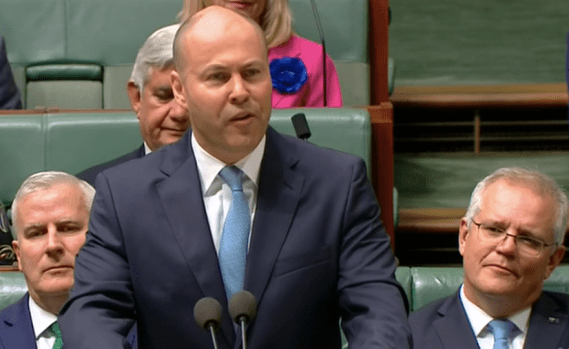

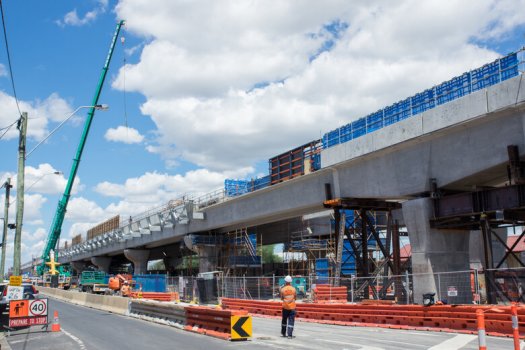
Infrastructure investment has public benefits, and we should be building a first class passenger railway network not more motorways: this doesn’t have to be the very fast train. We just need a really good fast rail link between capital cities (specially Sydney to Melbourne) and dualling (and straightening) lines to country towns such as Dubbo, Tamworth etc. Stop all the investment in damaging urban motorways including the Blue Mountains.
We do not have any commitment to EVs and until this happens, motorways and roads are huge emitters of CO2 both in construction and in operation. Renewable energy can be developed to power electric trains.
This is also an opportunity for setting cycling as a real transport option, to provide not just fragmented footpaths as an add on to roads, but as continuous spacious routes, particularly in the urban area with journeys of under 50 km. Taking over existing road space is a realistic option for arterial routes – for example, Parramatta Road now has parallel motorway alternatives for vehicles. One lane of Parramatta Road in each direction should be handed over to cycling, with a light rail down the centre. Turn it into a treed boulevard in the existing easement. This will revitalise living and working along the whole route. The same approach should be taken for Sydney’s northern beaches – no motorway, convert multi-laned Pittwater Road into a cycleway (one lane each way), with a fast light rail in the centre and at least one vehicle travelling lane in each direction, where possible two travelling lanes in each direction and/or parking in the second lane. The easement exists and should be re configured into a low emissions future.
Particularily in NSW the broader issue is much of this infrastructure spend, is Not planned to help the commuter belt. South West Sydney and western Sydney.
Projects are driven in NSW by the Politics of the State building infrastructure to be privatized . Rather than the transport infrastructure that is to benefit the masses of people that our planning regime has destined to drive cars and thus pay tolls to the Government business partners.
This pails in comparison to the Global supply chain issues. These will interrupt the infrastructure road map as we rely totally on manufacturing in China and to a lesser extent the rest of the World. Especially in NSW Buy Overseas is the norm for transport related infrastructure and rolling stock.
No mention in the article about sand and gravel resources required to implement these massive infrastructure projects. This is surely the absolute basis of construction, so where are these resources going to come from? In the Hawkesbury we’re subject to an insane number of dirt carts running back and forth already, so are we to expect even more?
And the first line – “…the rate of growth required…” hints at more mass housing development.
On the Hawkesbury-Nepean floodplain in terms of development – despite government voices claiming no further floodplain development will be approved – there are small developments going ahead all the time – replacing single homes with multi-unit housing in places like Windsor and Richmond is putting even more people at risk in terms of flooding. And there’s no flood evacuation routes planned. With the new Richmond Bridge and approaches being planned without any flood evac in mind, this is really concerning.
I guess what I’m trying to get across is that all these infrastructure projects are going to require mass development to pay for them, so where are they going to site those? West of the Hawkesbury River?
80% of infrastucture is going to roads. I wonder what 10% of this would generate if we put this into digital infrastucture. There would be a lot less people on the roads. Its time we started thinking about infrastuctre in its broader context – particularly in regional Australia with almost one-third of our national population and 40 percent of our economic output. Tapping its potential is crucial in building a resilient, sustainable, equitable and prosperous future for all